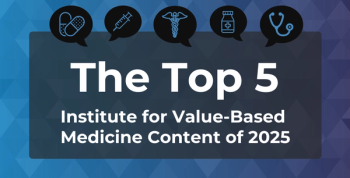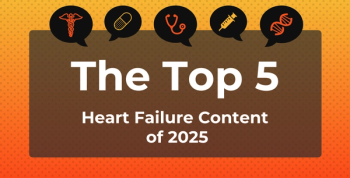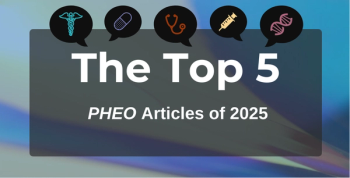
Analysis Supports Flexible Axatilimab Use in Chronic GVHD, Calls for Combination Therapy Research: Carrie Kitko, MD

Carrie Kitko, MD, explains that axatilimab maintains strong response rates in patients with chronic graft-versus-host disease (GVHD) regardless of previous treatment lines and emphasizes the need to explore combination therapies.
In the second and final clip of this post–
She concludes by outlining areas where further research is needed to optimize treatment strategies.
Watch
This transcript was lightly edited; captions were auto-generated.
Transcript
How might the findings of your analysis inform clinical decision-making for patients with chronic GVHD? What further research is needed to optimize treatment?
What was encouraging about this analysis, looking at prior therapies, is that it almost didn't matter what you received before or how many lines of therapy [you received before]; you were still very likely to respond. Why that's helpful for our patients is, for better or worse, this medication is an IV [intravenous] infusion every 2 weeks, whereas some of the other FDA-approved agents are a pill that they can take at home.
Just from a sheer convenience factor, many families would have a challenge of being able to come to the clinic every 2 weeks to get an IV infusion. When we're explaining their options to them, [the findings help us] feel confident that we can try some of the other oral agents first, and if they're still not responding, they still have an excellent chance of responding to axatilimab if we wait until later to give it a shot. I think [that] is very helpful in terms of the chance of responding to treatment, so I think that's helpful.
I think one of our real challenges moving forward, though, is appropriately, in a clinical trial, you really want to understand the safety, toxicity, and response rate profile based on that new agent. All of these trials, with ruxolitinib, with belumosudil, and with axatilimab, really limited your ability to take those medications on study while being on other immunosuppressive agents.
If you had been on ruxolitinib and maybe had a partial response but stalled out, and you wanted to try and get a deeper response, and the belumosudil trial opened, or the axatilimab study opened, you had to get [patients] off the ruxolitinib before they could actually enroll in the study. Again, there are good safety, toxicity, and efficacy reasons to do that, but it means that we don't necessarily know how these drugs work together.
Again, they're targeting different pathways, so that's very attractive, that you might find some synergistic effects, where using 2 drugs together, you might get a better response than when you use a single agent by itself. I think the next generation of studies is, hopefully, going to look at combining some of these drugs to see if we can get some of those better responses.
Newsletter
Stay ahead of policy, cost, and value—subscribe to AJMC for expert insights at the intersection of clinical care and health economics.







































